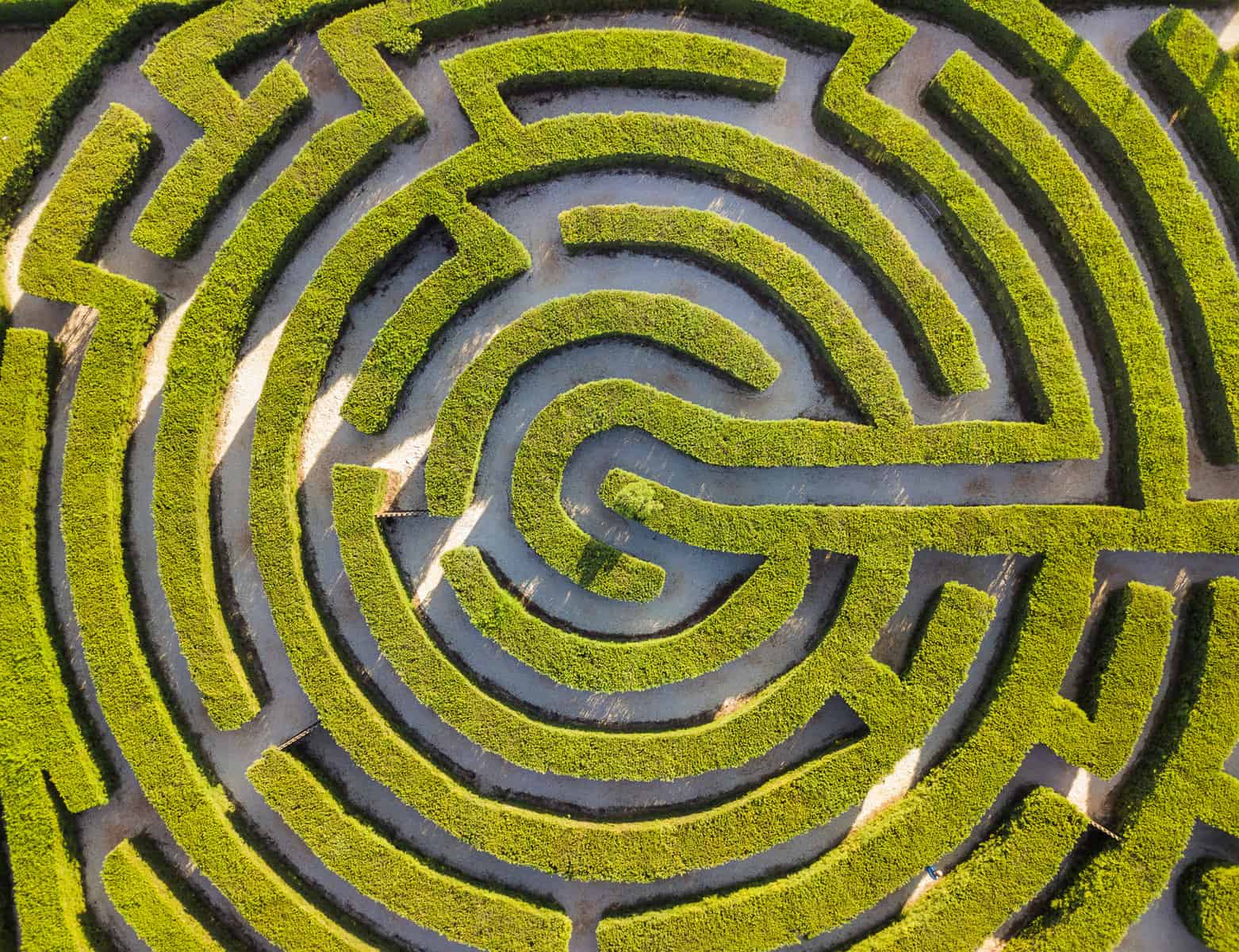Let’s Explore the World of Labyrinths: A Comprehensive Parent’s Guide
Cheers to your wanderlust spirit and curiosity, dear parents! Consider this as your one-stop guide to understanding labyrinths, those delightful puzzles that keep both children and adults equally captivated and challenged.
Introduction to Labyrinths
Blue skies above, a tremendous sense of freedom, and somewhere beneath the shadows of tall, green shrubs – a labyrinth. It’s more than just a maze, it’s a whirlwind of fun, learning, and adventure. Often mistaken for mazes, labyrinths bring a unique twist to the table which makes them immensely popular among children. And sweetness, this guide will help you, the fantastic parents, to understand the intriguing mazes and lines that form a labyrinth.
What is a Labyrinth?
Let’s start with the basics before we dive in deeper, shall we?
Defining Labyrinths
Dissimilar to a conventional maze that might have multiple paths, twists, and dead-ends, a labyrinth has a single, unambiguous path leading to the center and back. This trait makes labyrinths non-threatening and accessible for kids of all ages.
The Purpose of a Labyrinth
More than providing fun and entertainment, labyrinths are therapeutic tools too. The rhythmic walking pattern and focus needed to navigate through a labyrinth can help in enhancing cognitive development, emotional well-being, and physical coordination in children. Indeed, it’s a whole package of fun and growth.
Why should Parents Encourage Labyrinths?
If you’re asking, “How does a simple walk in a labyrinth benefit my kiddo?”, wow, you’re in for a treat!
Developmental Benefits of Labyrinths
Labyrinths can stimulate critical thinking and problem-solving skills in children. These playful paths enhance spatial awareness, improve pattern recognition, and encourage patience and persistence.
Emotional Benefits of Labyrinths
Labyrinths aren’t just about physical activity or cognitive exercise. They’re also about achieving inner balance and peace. Walking a labyrinth is a meditative and calming activity which can help children control and manage their emotions better. What could be more rewarding than seeing your child grow both mentally and emotionally?
And that, dear parents, is just the beginning. As we go deeper into our playful guide, you’ll gain impressive insights about different types of labyrinths, how to create your very own backyard labyrinth and much more. So, grab your virtual exploring hats as we embark on this fascinating labyrinth journey together!

Types of Labyrinths
Our labyrinth journey continues with a peek into the array of labyrinth designs that have enchanted children and adults alike over the years.
Classical Labyrinth
This time-honored design dates back to the Bronze Age. It comes with a simple seven-circuit path winding back and forth towards the center. It’s a perfect starting point for beginners and younger children.
Chartres Labyrinth
This majestic design is rooted in the medieval era. You can spot it in the Chartres Cathedral in France. With its highly intricate eleven-circuit design, this could trustingly captivate older children and tweens.
Creating Your Own Labyrinth
Fascinated by the idea of having a backyard labyrinth? You’re not alone! Here’s a simple guide to help you craft your unique labyrinth, where your little adventurer can explore and uncover endless joy.
Materials
Creating a labyrinth is a fun-filled DIY adventure. You could use nearly anything – stones, plants, chalk, or even seashells. As a tip, try to pick materials that are safe and non-hazardous for your children.
Design
Sketch out your preferred labyrinth design. You could start with a basic classical design and then explore more complex ones, like the Chartres. It’s all about how adventurous you and your little ones want to get!
Build
And now, for the best part: building the labyrinth. Starting from the center, work your way out following your design. This could be a fantastic family activity that promotes patience, collaboration and a sense of achievement.
And voila! You’re done. Your kids are ready for an exciting expedition right in your backyard.
Conclusion
Labyrinths – symbolic, playful, and therapeutic – hold the magical ability to blend simplicity and complexity in symmetrical paths. Engaging your children in labyrinth activities can contribute significantly to their overall development and mental health. As a parent, there can be no greater joy than this.
Now that you hold the secret puzzle of labyrinths in your hands, it’s time to bring it to life! So, bring out those sketching plans, pick up those crafting tools, and usher in a world of fun and learning within your own home with labyrinths.
Above all, remember – in the world of labyrinths, the journey matters more than the destination. Happy labyrinth-building, dear parents!
Preparing for Labyrinths: Top 5 Tips for Parents
Embarking on a labyrinth adventure can be exciting for both adults and kids alike. It’s not just a fun activity but also a great way to stimulate strategic thinking and problem-solving skills. If you’re a parent preparing for a labyrinth journey, here are 5 essential things you should know:
1. Understand the Concept
First and foremost, have a clear understanding of what labyrinths are. Unlike a maze that has dead ends and multiple paths, a labyrinth has a single, unambiguous route to the center and out again. This simple, predictable path aids meditation and relaxation.
2. Teach Your Kids about Labyrinths
Before visiting, explain the concept of labyrinths to your children. Make sure they understand it’s not a race but a peaceful journey. They can walk, trace with their fingers, or use a stylus on a labyrinth pattern.
3. Choose Appropriate Dress Code
Since walking a labyrinth can be a form of low-impact exercise, ensure your family is dressed comfortably and appropriately. Depending on the weather and outdoor conditions, wear sturdy shoes and breathable clothing.
4. Carry Essential Items
During an outdoor labyrinth exploration, don’t forget to pack essential supplies. These can include water, snacks, sunblock, and hats. Bring along a notebook or sketchpad for kids to take notes or sketch their experiences.
5. Emphasize Safety
Remind your little ones about the importance of safety and respect in public spaces. This involves staying within the labyrinth boundaries, not running or pushing, and being mindful of other users.
Preparing for labyrinths can be a perfect blend of learning and bonding for families. Approach it with flexibility, curiosity, and a sense of adventure to make the experience memorable.
Remember, it’s about the journey, not just the destination.
For more great articles please see here. For more information see here
Disclaimer
The articles available via our website provide general information only and we strongly urge readers to exercise caution and conduct their own thorough research and fact-checking. The information presented should not be taken as absolute truth, and, to the maximum extent permitted by law, we will not be held liable for any inaccuracies or errors in the content. It is essential for individuals to independently verify and validate the information before making any decisions or taking any actions based on the articles.




